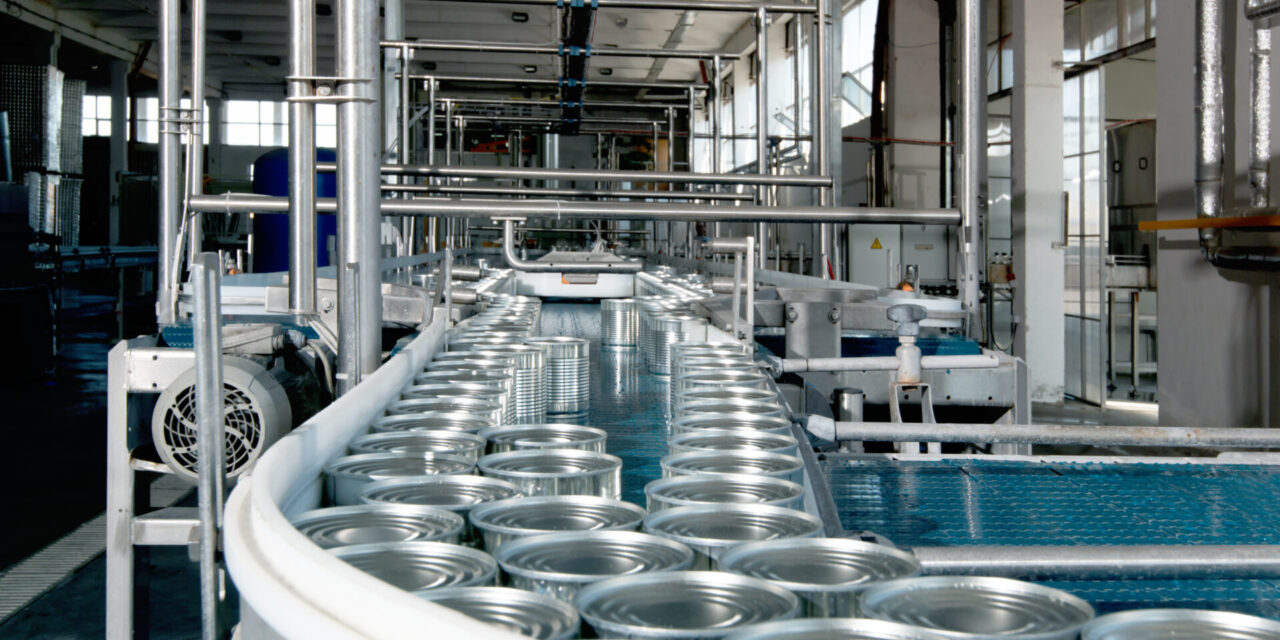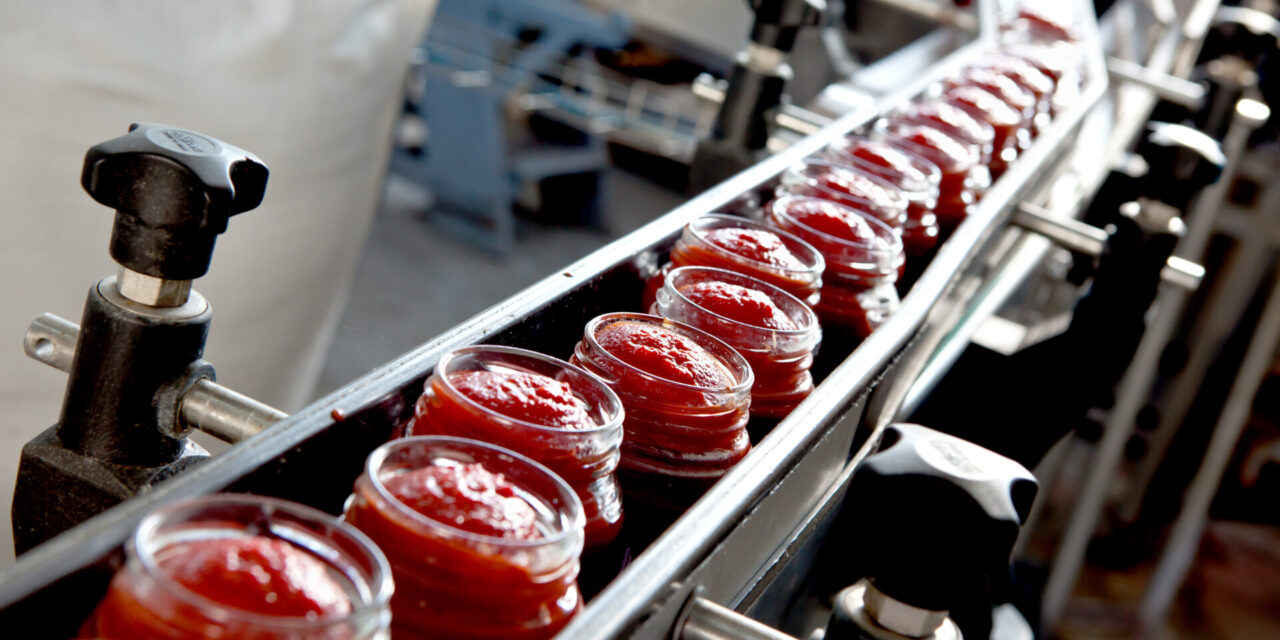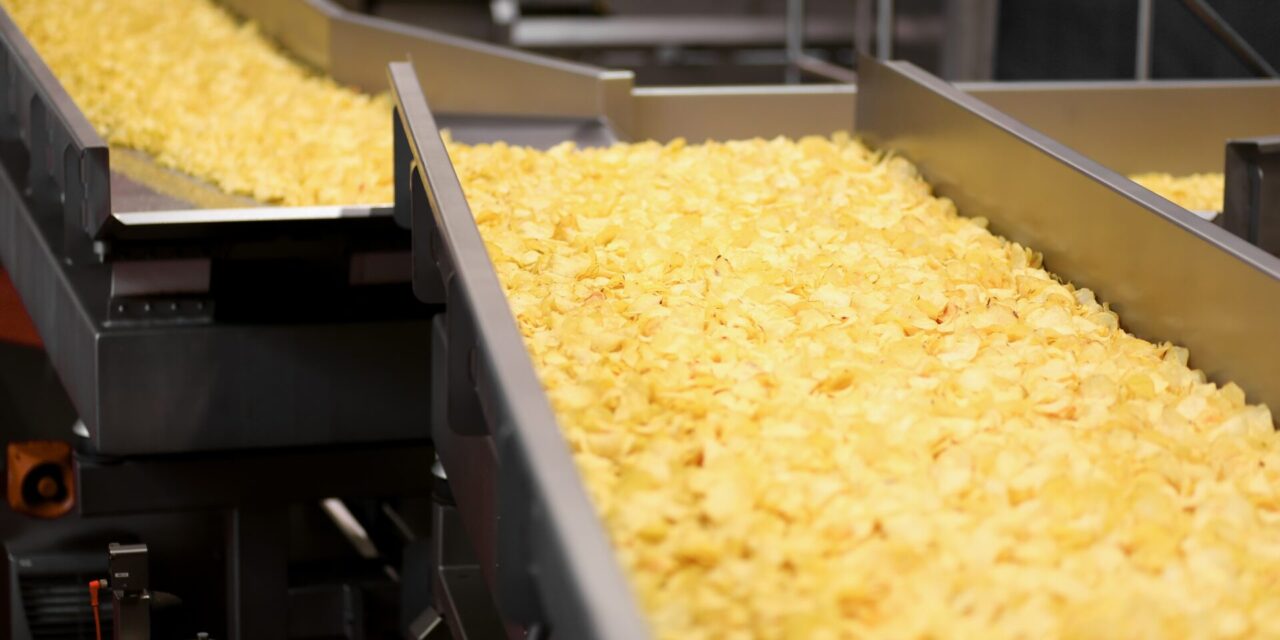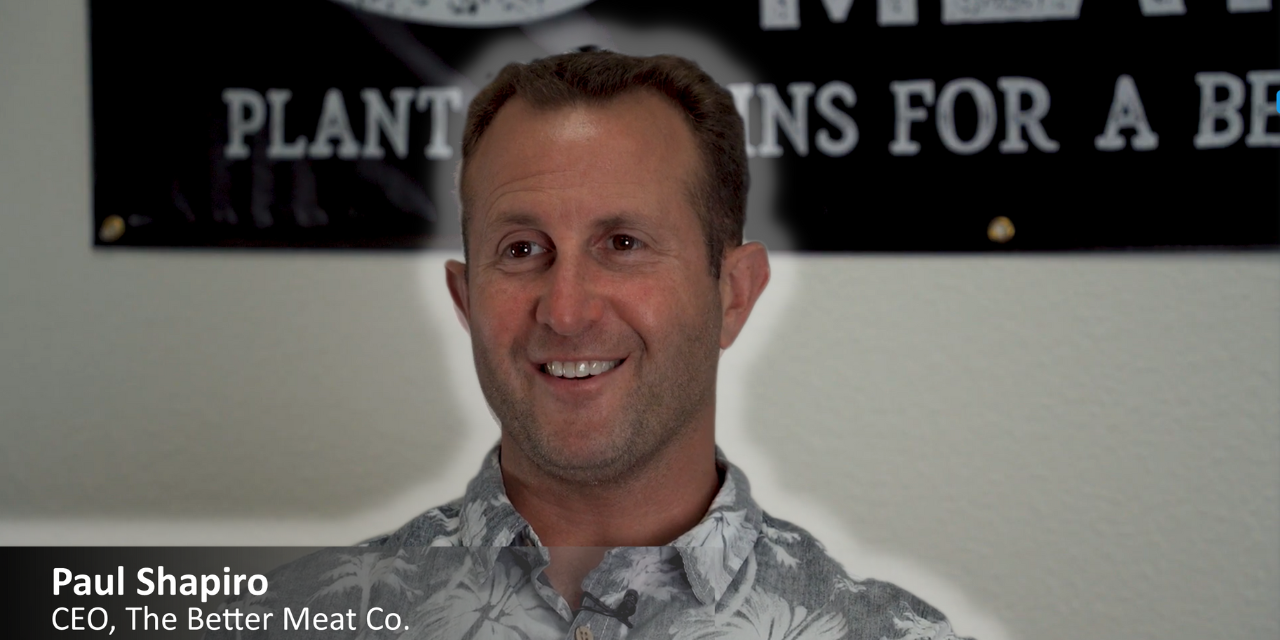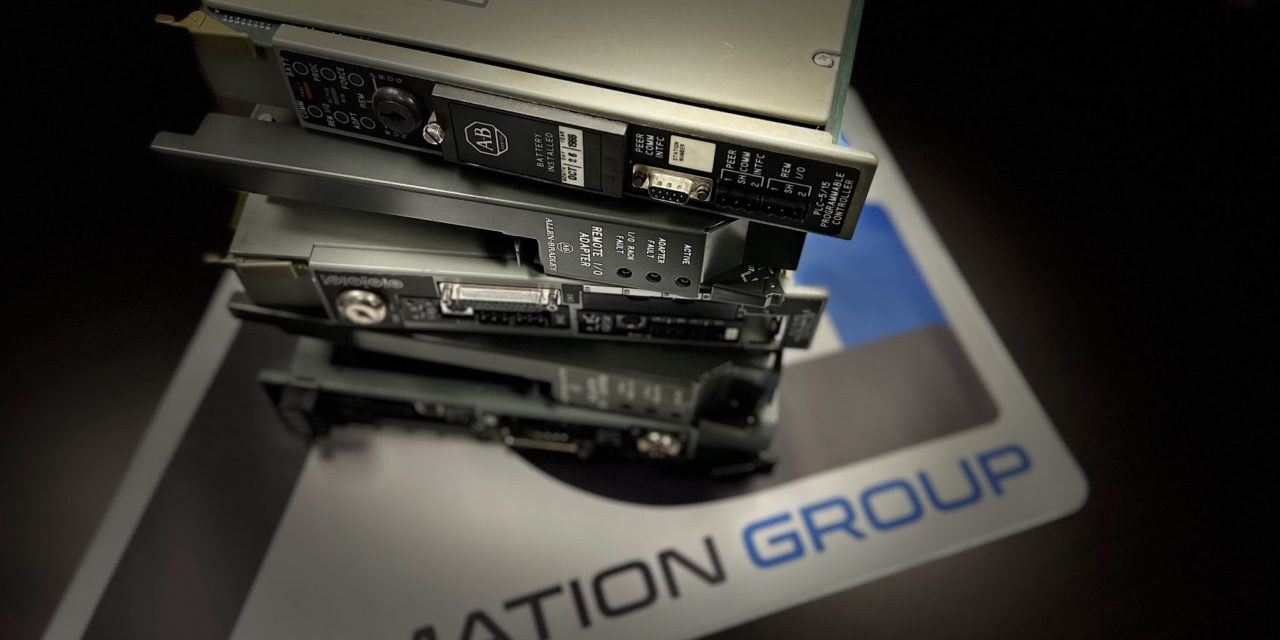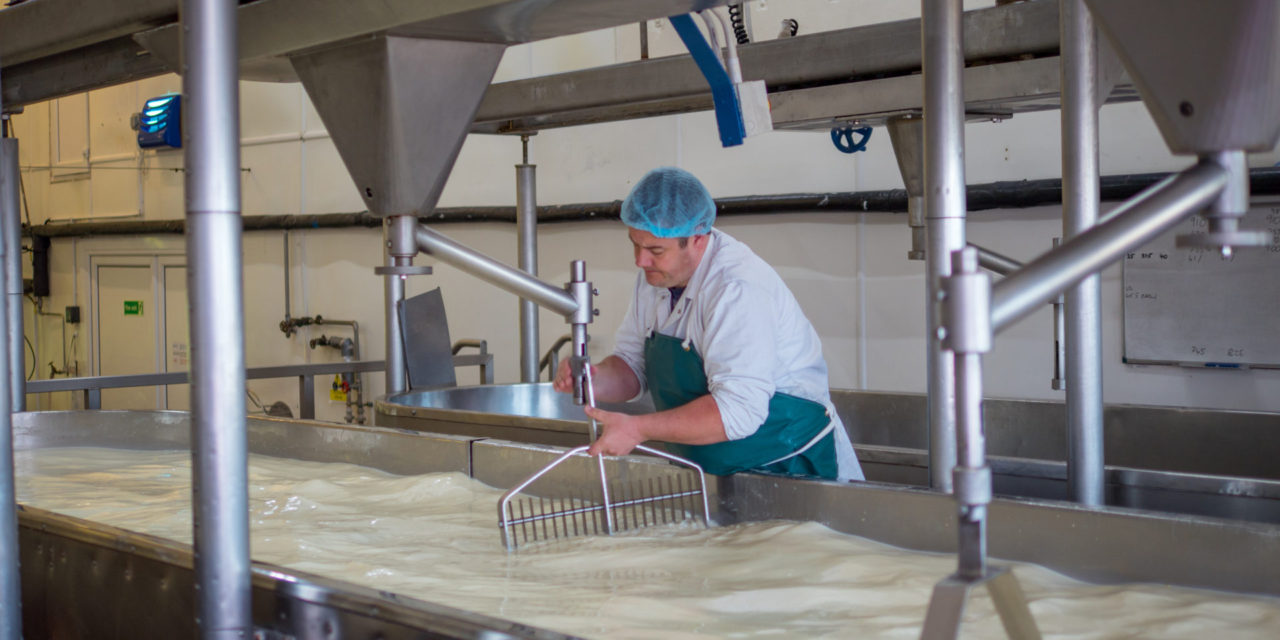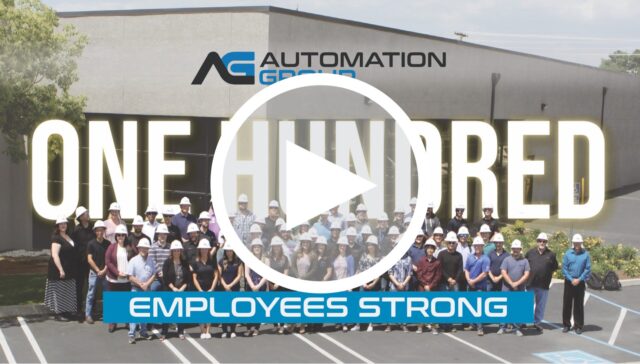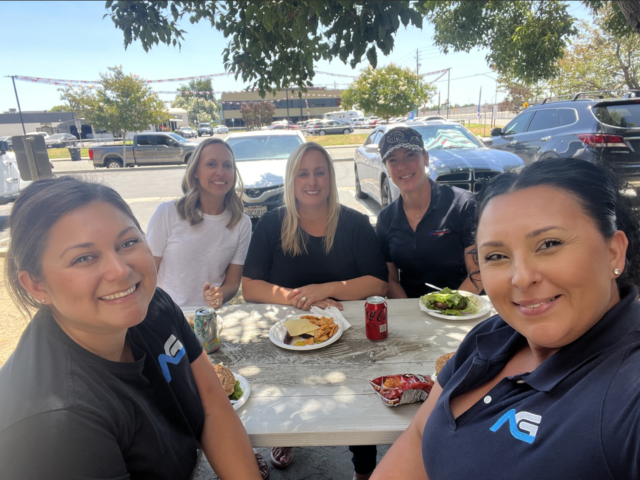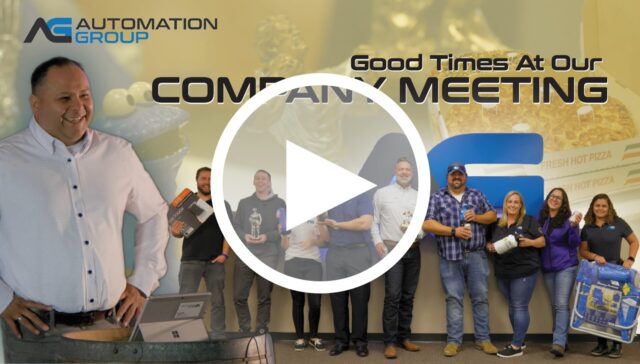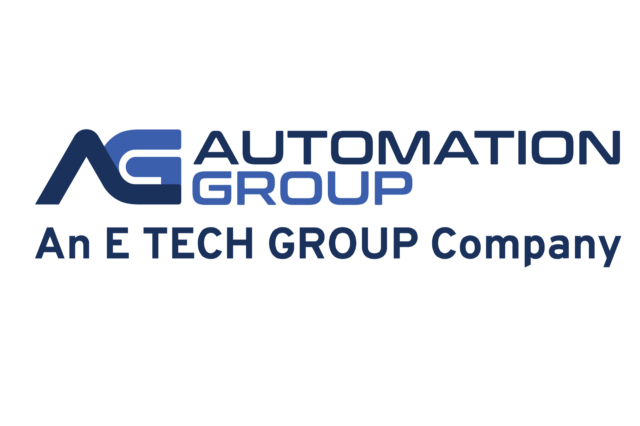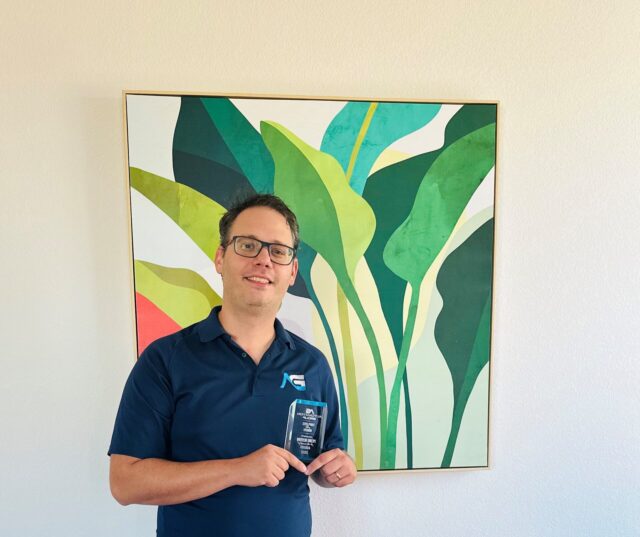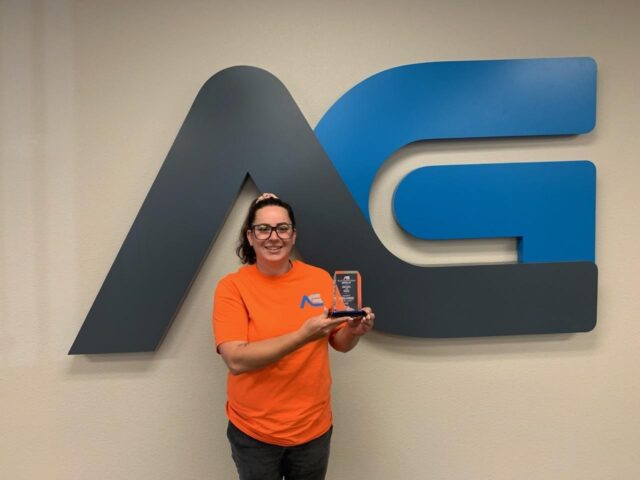
FoodSpicing Up Success: A Flavorful Transformation in Spice Production by Leveraging Rockwell Automation Solutions
Our client, a prominent supplier and producer of culinary spices, faced a critical need to transition their facility's receiving and washing areas from a manual control setup to an automated control system. The challenge was to improve throughput, reduce cleaning and processing times, and establish visibility within these areas for ongoing enhancement. With the existing manual approach, the company encountered bottlenecks affecting operational efficiency, preventing them from reaching their production potential. This shift to automation was crucial not only for optimizing their processes but also for streamlining the overall workflow and paving the way for future advancements in their operations.

